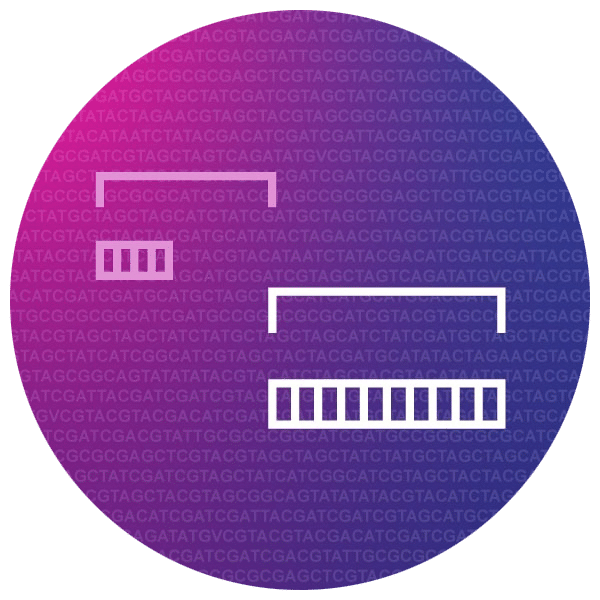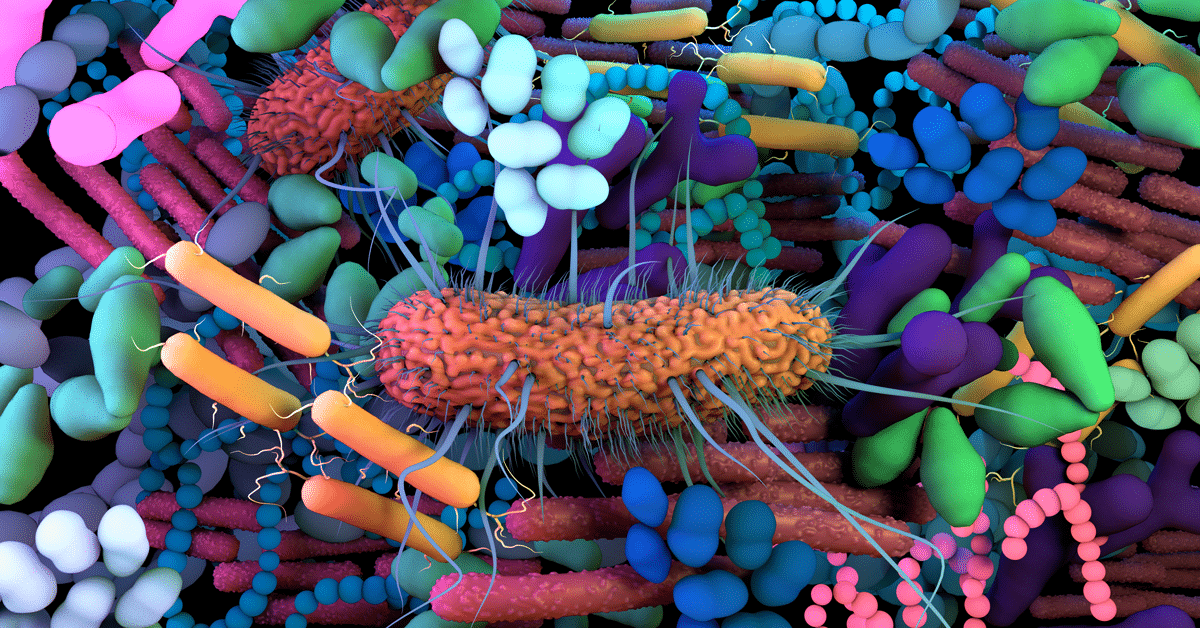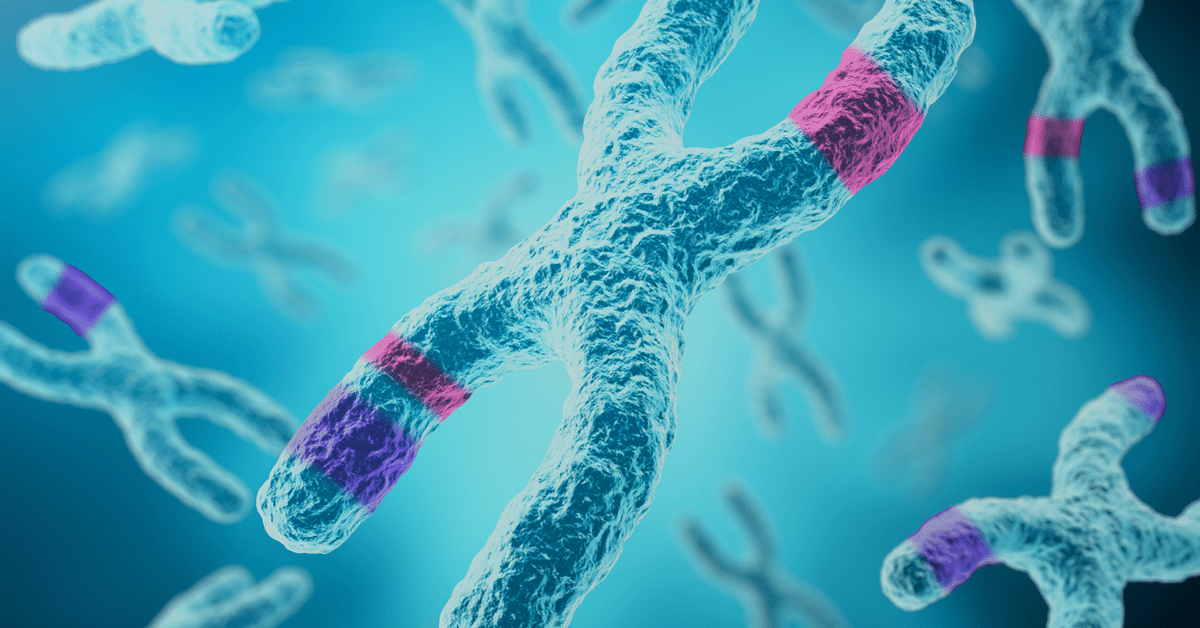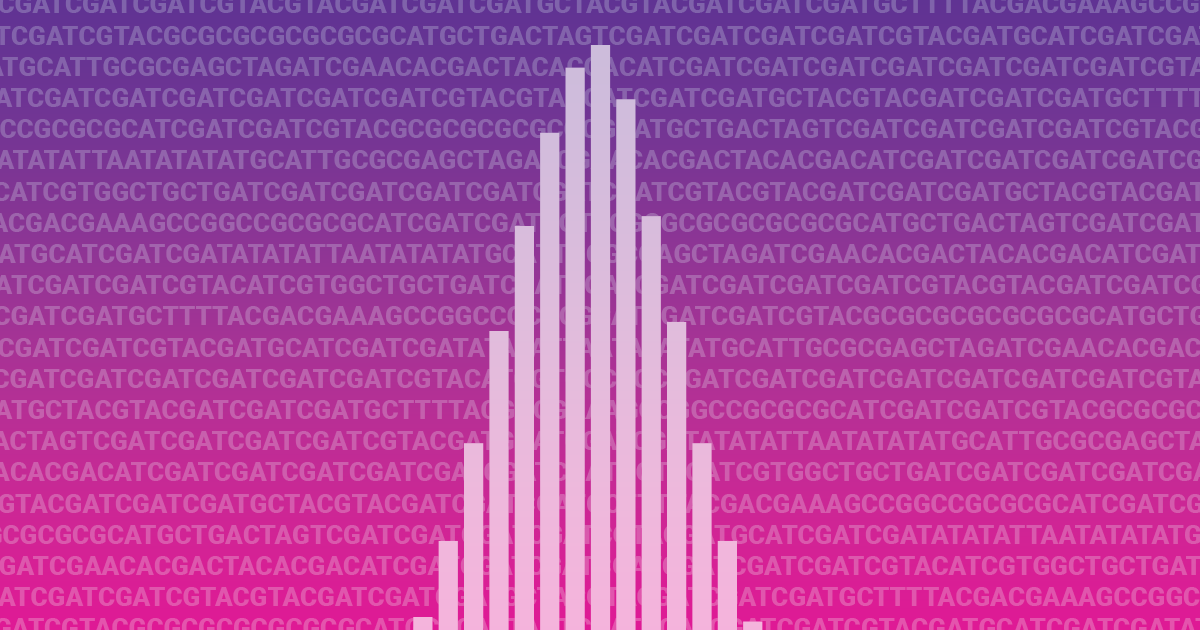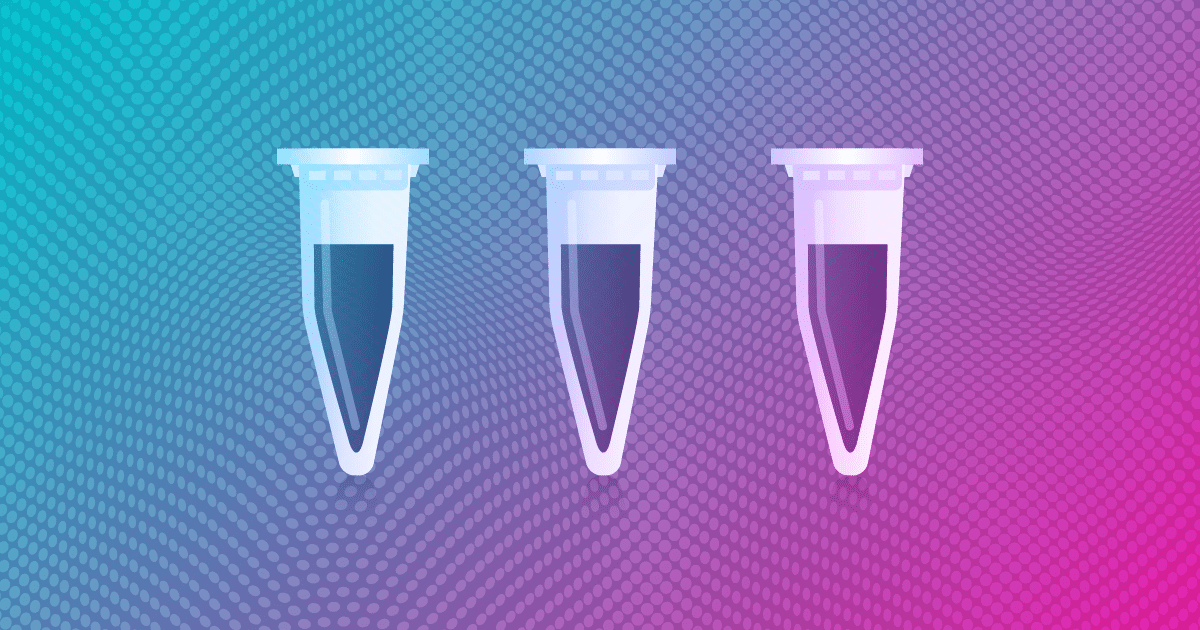Sequencing 101
Follow along to learn more about our technology, reveal the impacts of long-read sequencing, and uncover tips on how to get started.
Featured article
Sequencing 101: long-read sequencing
Long-read sequencing technologies are quickly becoming the new gold standard in genomics research, and HiFi sequencing is at the forefront. This article provides an introductory look at what long-read sequencing is, and explores topics the advantages, applications of using long-read sequencing in your research.
